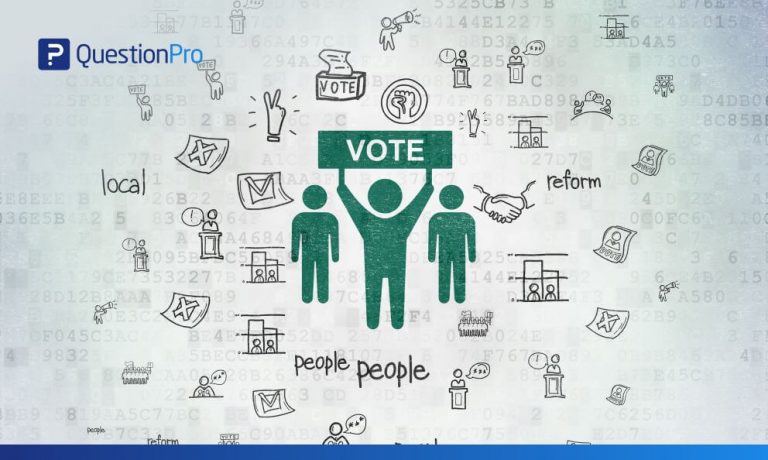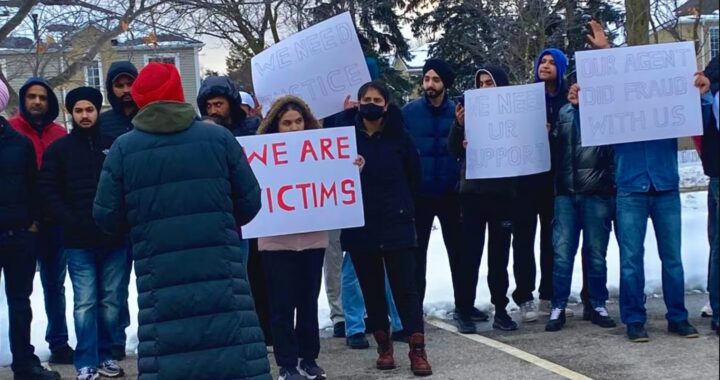Creating a Political Opinion Survey

Creating a Political Opinion Survey
There are fewer ways to gauge the public’s opinion about the politics of the day than opinion surveys. Polls can be an incredibly useful tool for politicians in determining the wants and needs of the people they represent. However, a poorly constructed poll can also lead to misinterpretations and wrong impressions. If political opinion surveys are something you might be interested in conducting, here is some key advice that can keep your polls honest and accurate.
Don’t Skew Your Questions
Politics is a field that tends to produce strong opinions. A person with an extremely strong political viewpoint may feel tempted to word a poll in such a way to get the answers they want or to “prove” preconceptions they might have. The true job of a pollster, however, is the same as that of a journalist: to uncover a truth. Therefore, a person conducting an opinion survey must leave their biases at the door, and try to word their questions without loaded or leading language. Remember, you are not the one being surveyed.
Cast a Wide Net
For the most accurate results, it’s important to have your survey reach as many people as possible. Try passing out your survey at popular events that people of various demographics are likely to attend, such as political rallies and sports games, and while you’re at it, post it online. The more people you survey, the smaller your margin of error will be: typically at 4,000 people, it drops to 1 percentage point, but should surveying that many people prove too expensive, there’s always the popular option of settling for the still-low 3 percentage points, which is usually equal to 1,000 respondents.
Keep Your Poll Simple, but Precise
A survey that is long or with complicated questions is likely to discourage people from answering it, or even lead to some wrong answers. Surveys should be as short as possible, with questions that are clearly worded and not bogged down with difficult vocabulary. Simultaneously, however, try to word your questions in ways that are not too general or ambiguous, as doing so could create misleading results.
Weigh for Certain Factors
There are times where polling methods have to be adjusted out of necessity. A phone poll, for example, would have to take into account that in the U.S., men and younger people are less likely to answer the telephone, and randomized sample sizes often underrepresent black voters. A common way to weigh survey results is to poll oversample respondents of an underrepresented demographic.
Accuracy is key to accurate survey results. While it’s virtually impossible to create a perfect survey, these tips should bring you at least a little closer to that hallowed goal.

 Recent Changes to Canada’s Work Permit Rules and its impact on Immigrants from India
Recent Changes to Canada’s Work Permit Rules and its impact on Immigrants from India  Applications for UK Immigration witness major decline as the Immigration Laws undergo significant changes
Applications for UK Immigration witness major decline as the Immigration Laws undergo significant changes  Recent Changes to Canada’s Temporary Foreign Worker Program (TFWP) Effective May 1, 2024
Recent Changes to Canada’s Temporary Foreign Worker Program (TFWP) Effective May 1, 2024  Immigration Process to Latvia and Job Prospects
Immigration Process to Latvia and Job Prospects  Notario Fraud- a rampant fraudulent practice trapping immigrants to US and Canada
Notario Fraud- a rampant fraudulent practice trapping immigrants to US and Canada  Canada Immigrant Investor Program 2024- loaded with many good features- Check out here
Canada Immigrant Investor Program 2024- loaded with many good features- Check out here  What actions by Trump Government are in store for illegal immigrants in US? What are Challenges to deport illegal immigrants from US?
What actions by Trump Government are in store for illegal immigrants in US? What are Challenges to deport illegal immigrants from US?  What are changes in Canada Start up Visa Program and Self-Employed Persons Program. How would it affect the potential immigrants to Canada?
What are changes in Canada Start up Visa Program and Self-Employed Persons Program. How would it affect the potential immigrants to Canada?